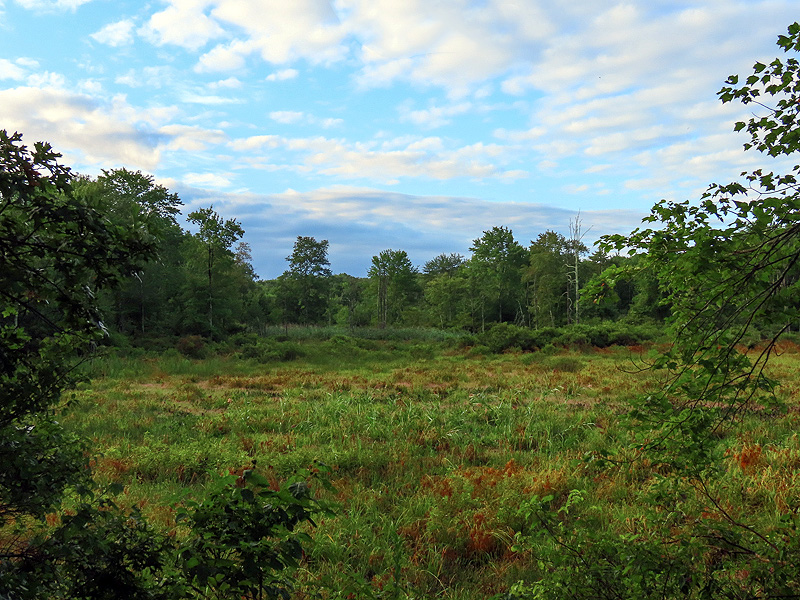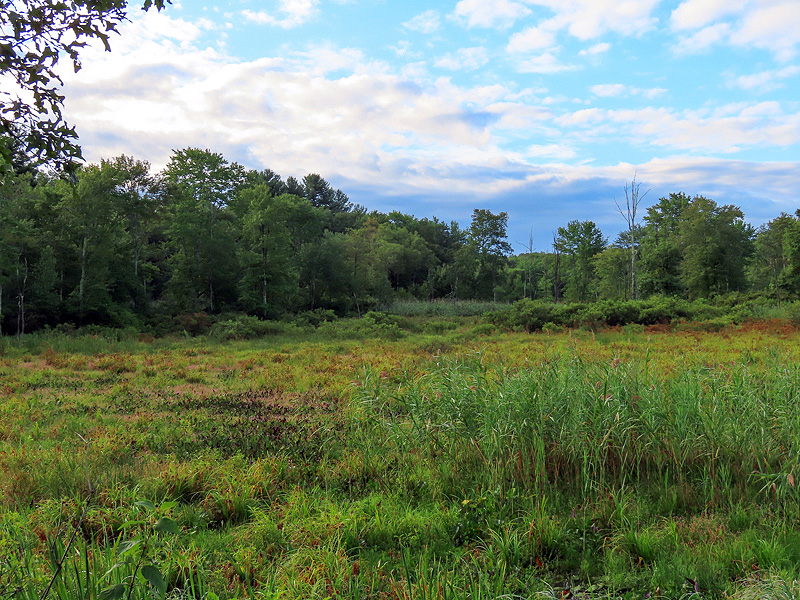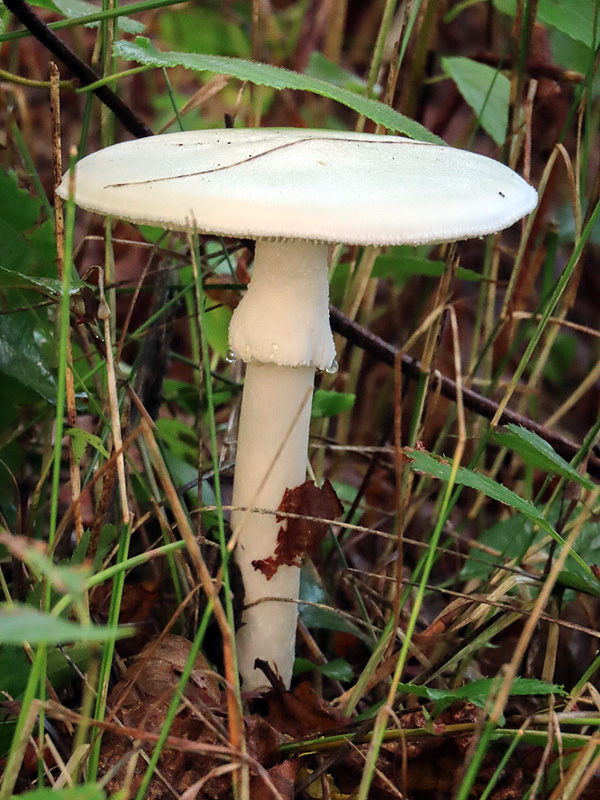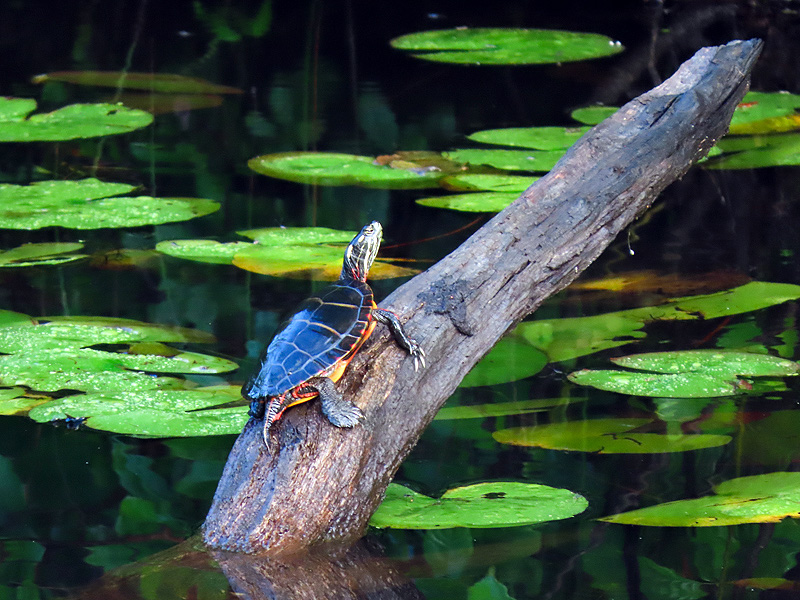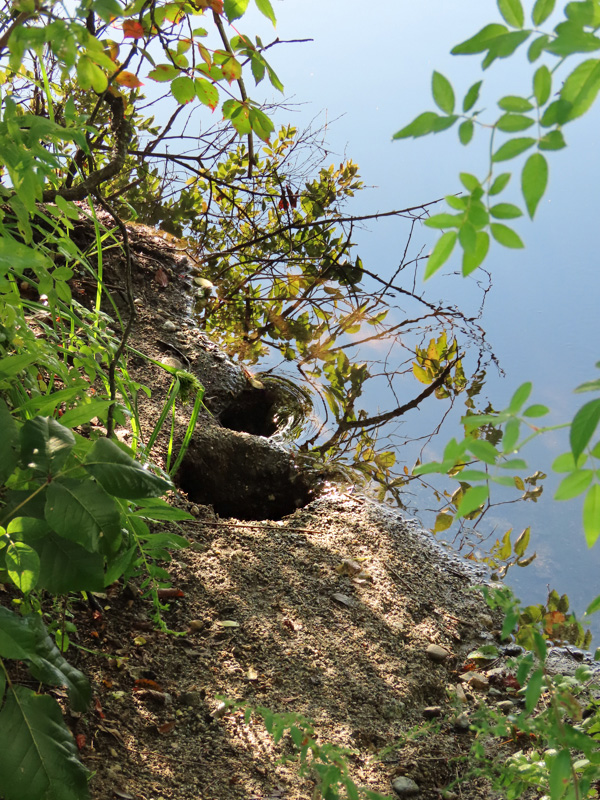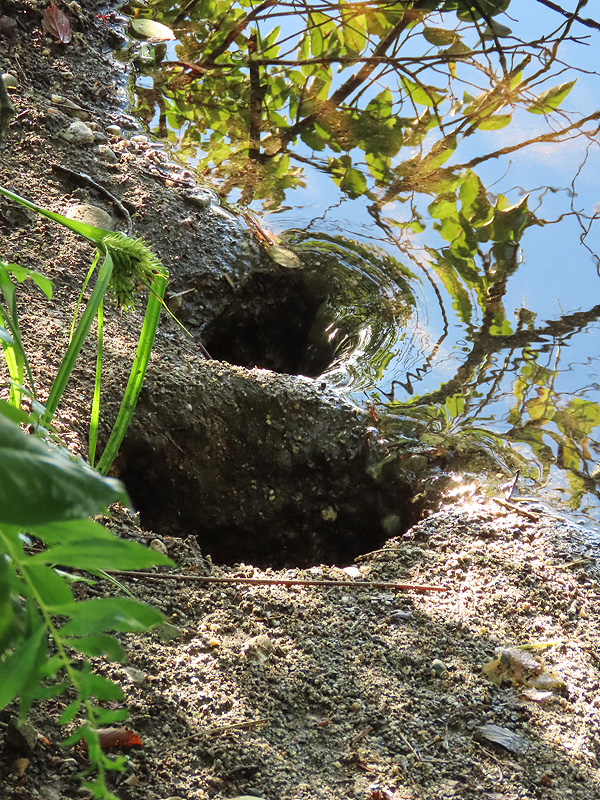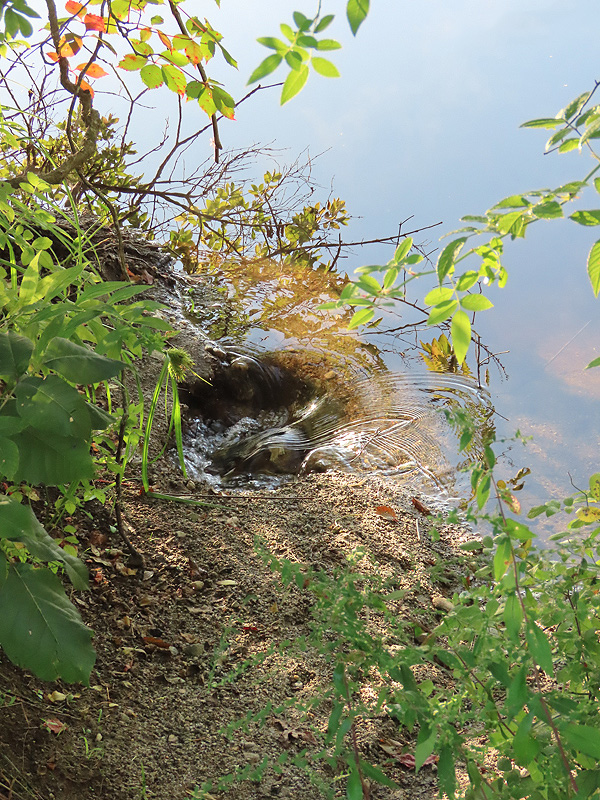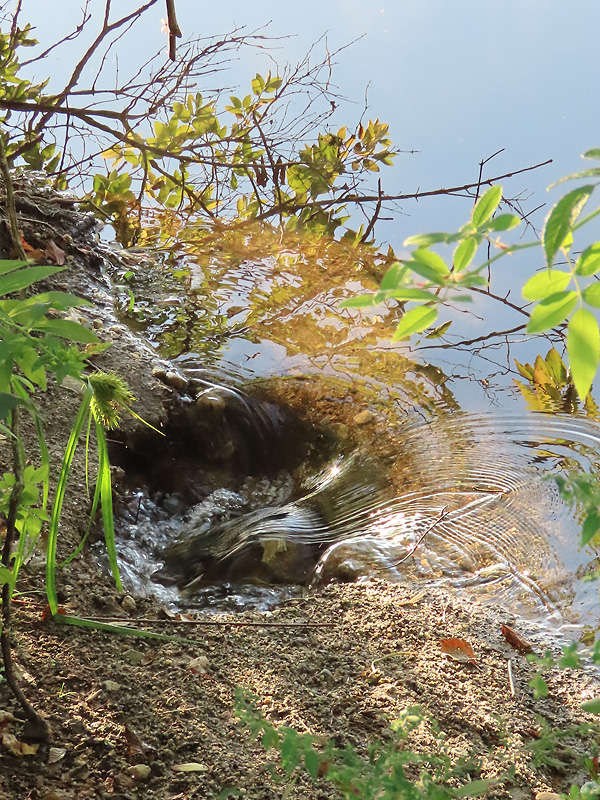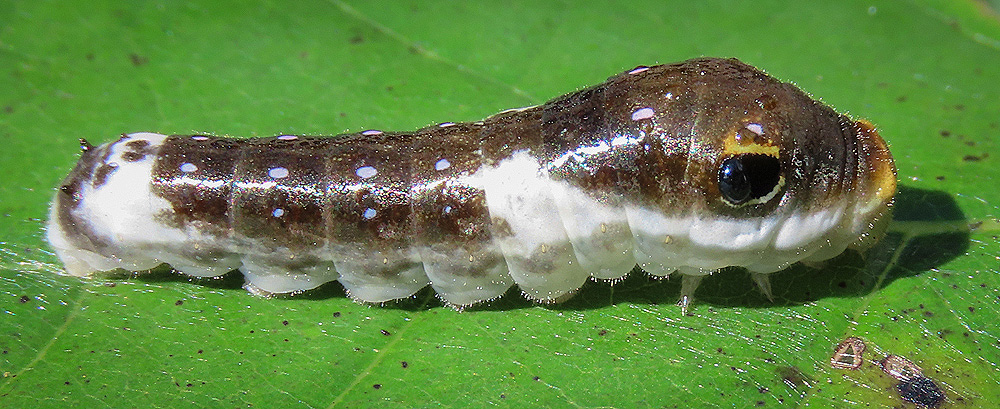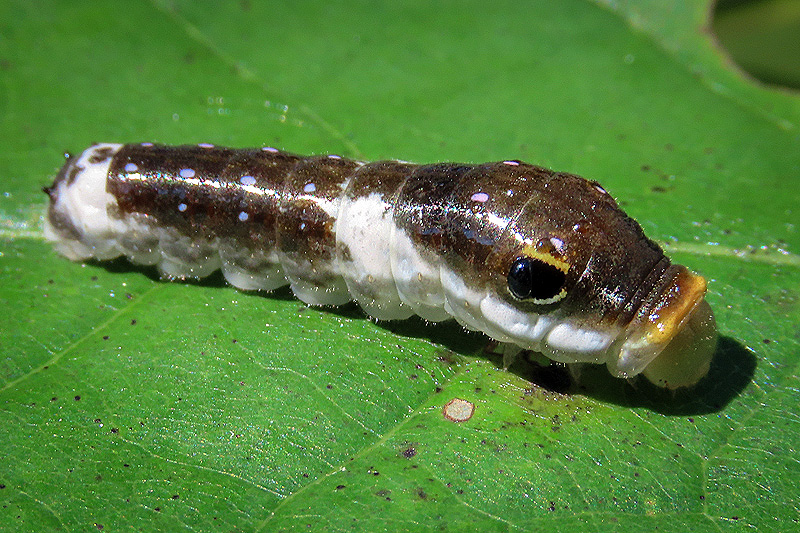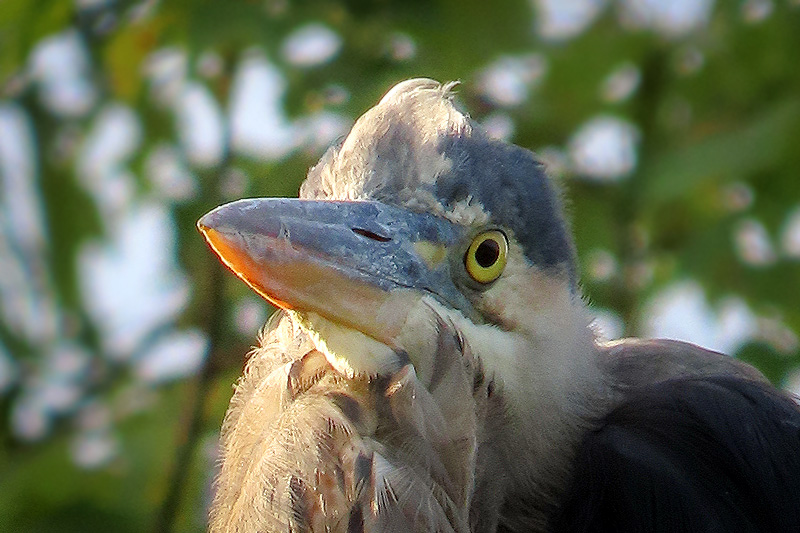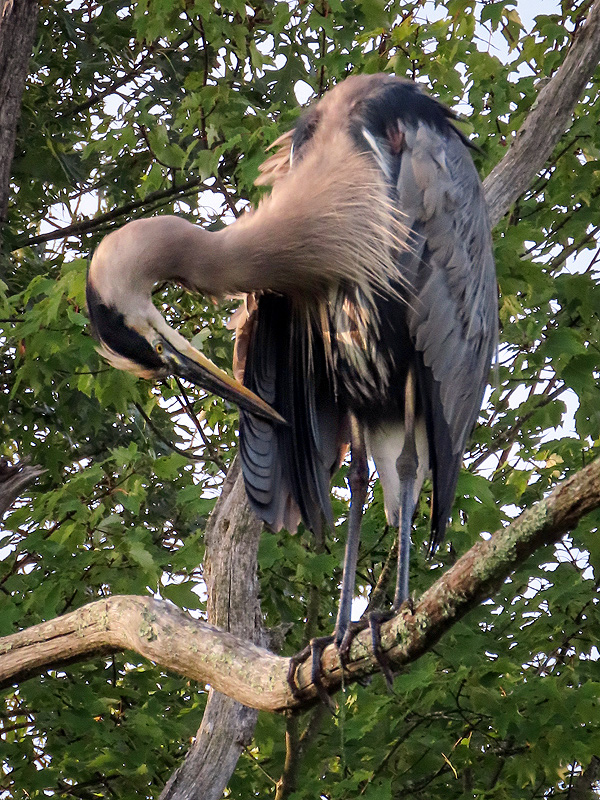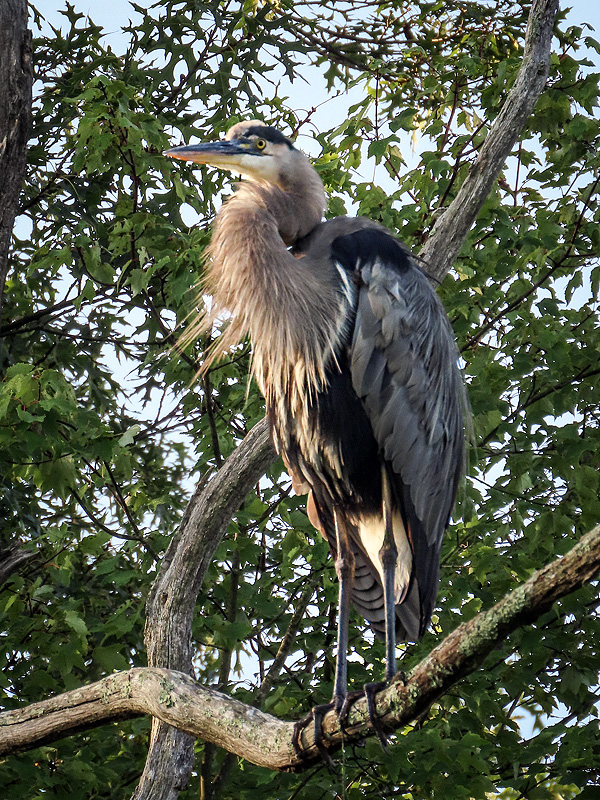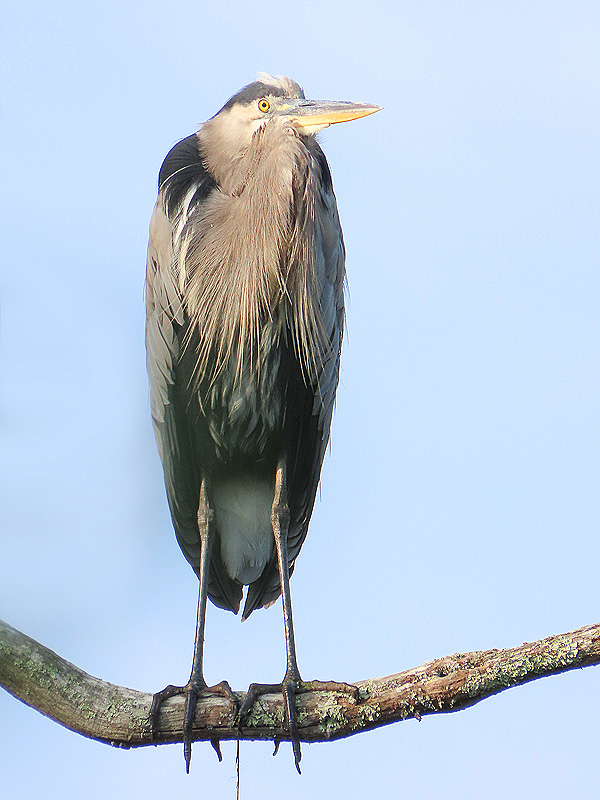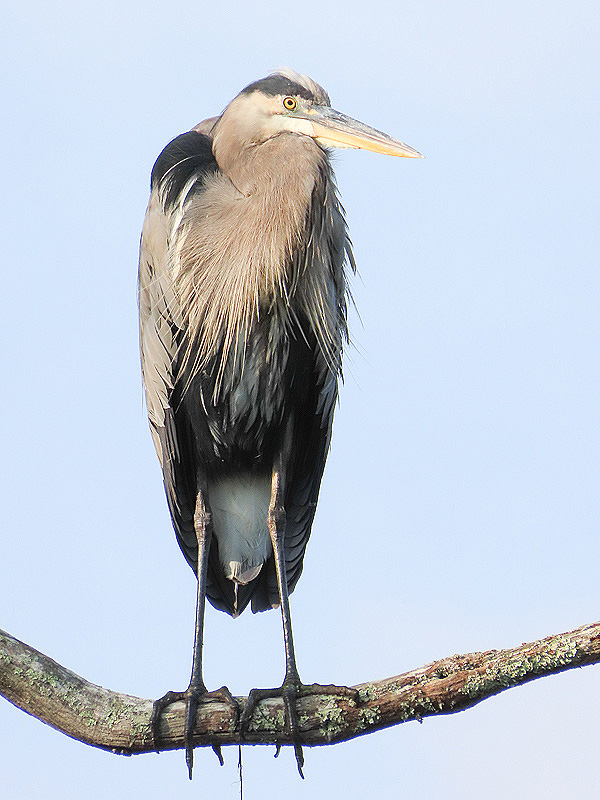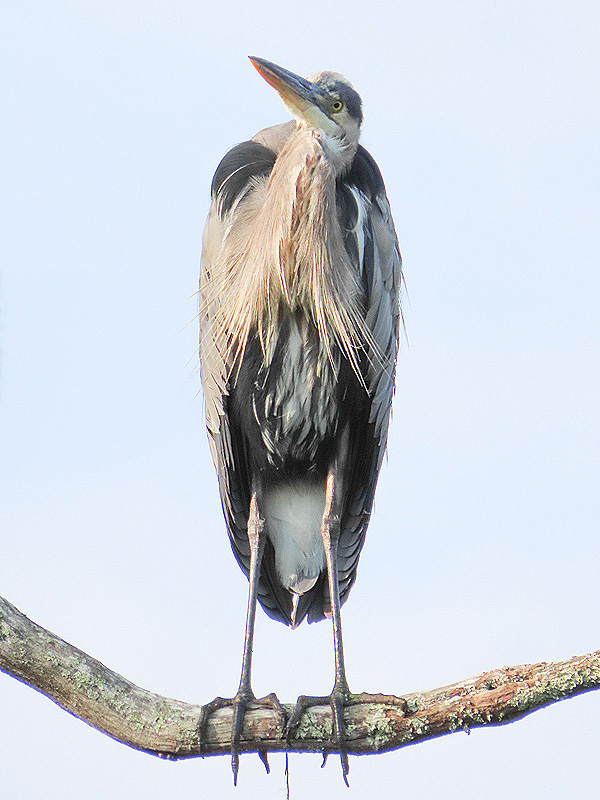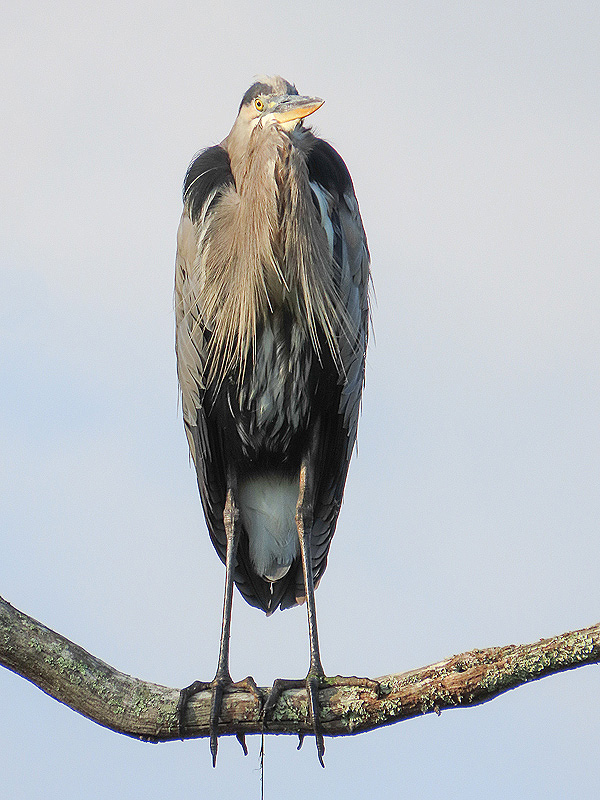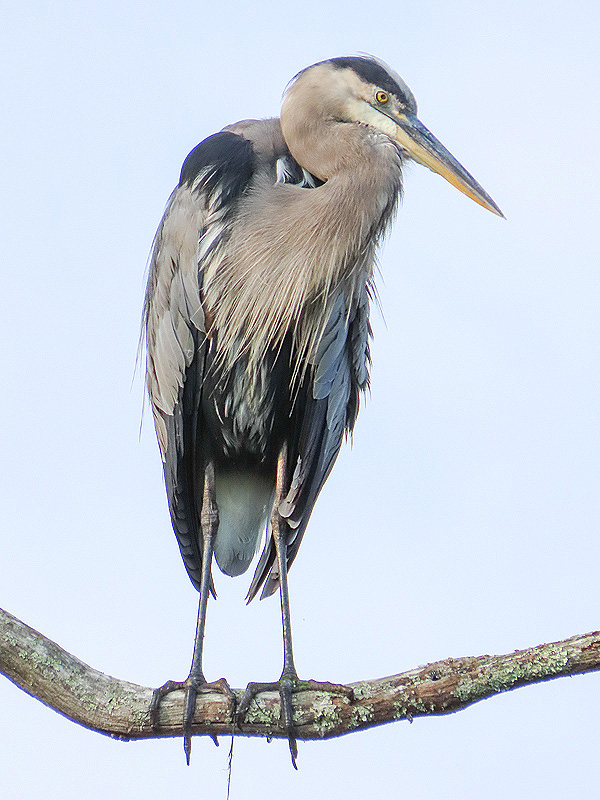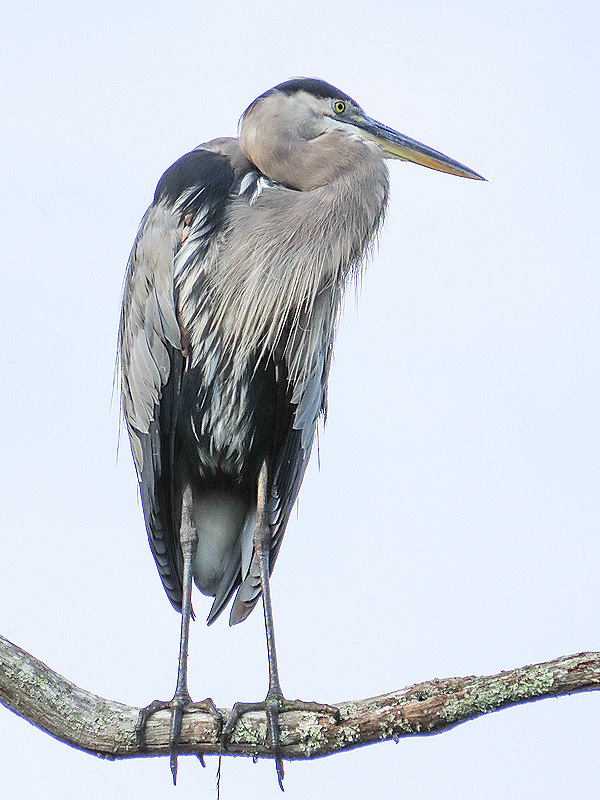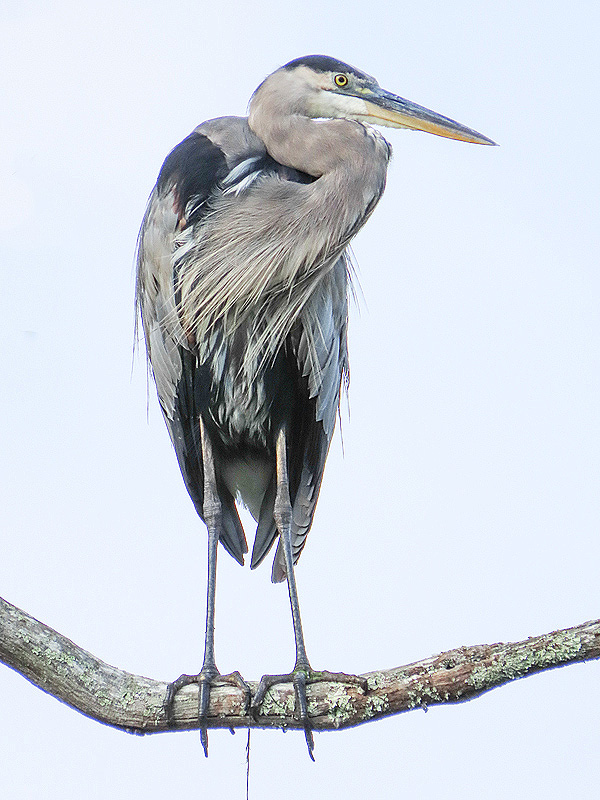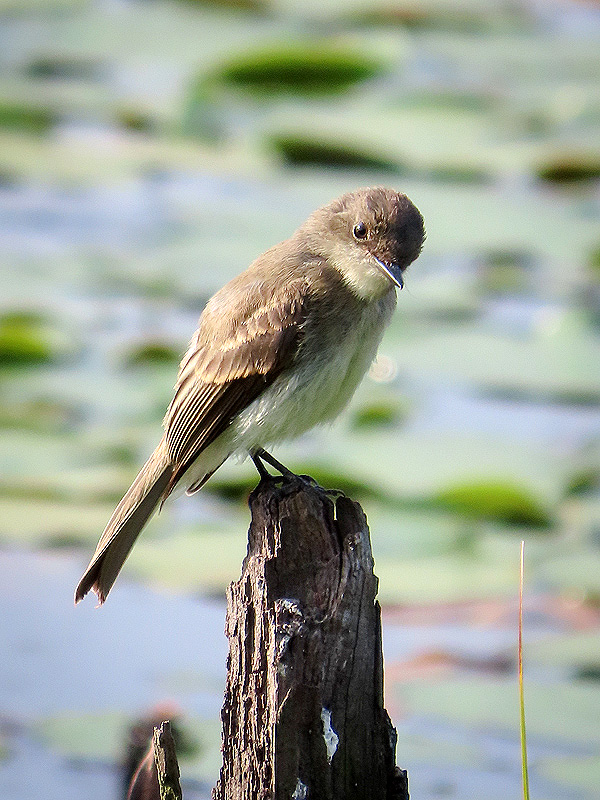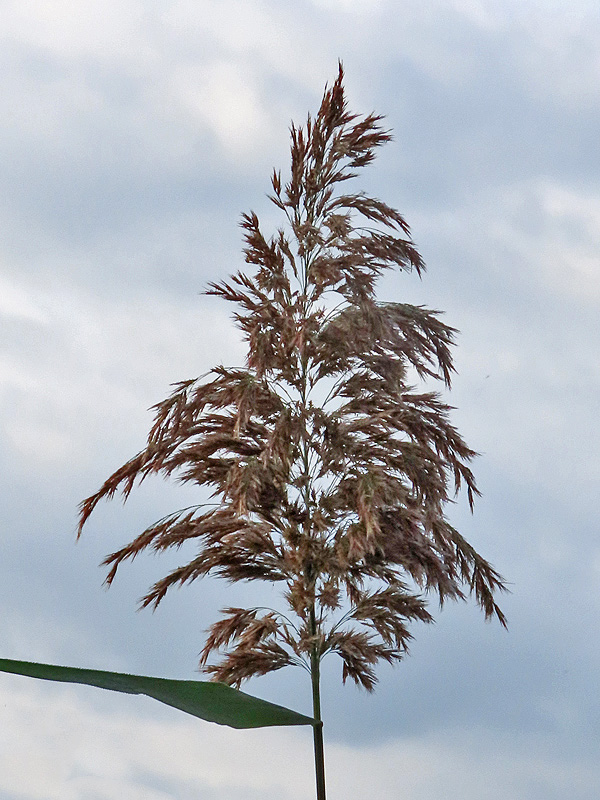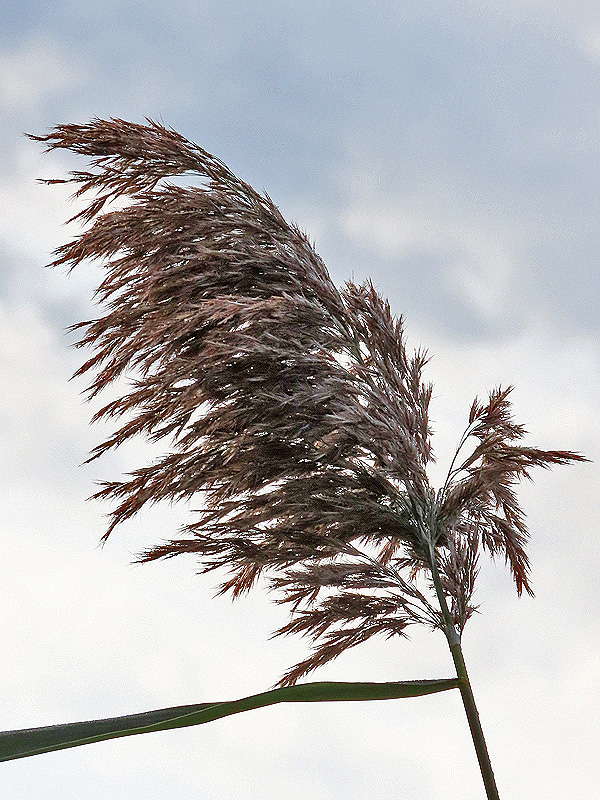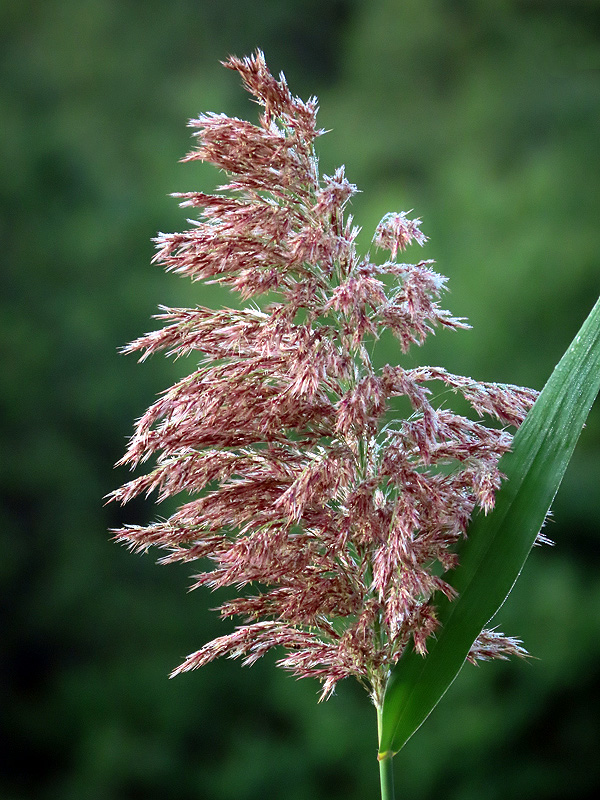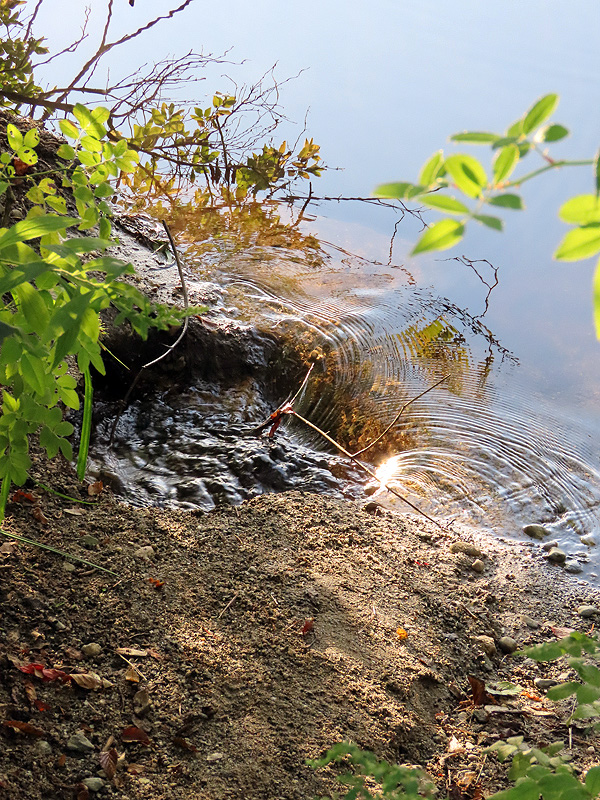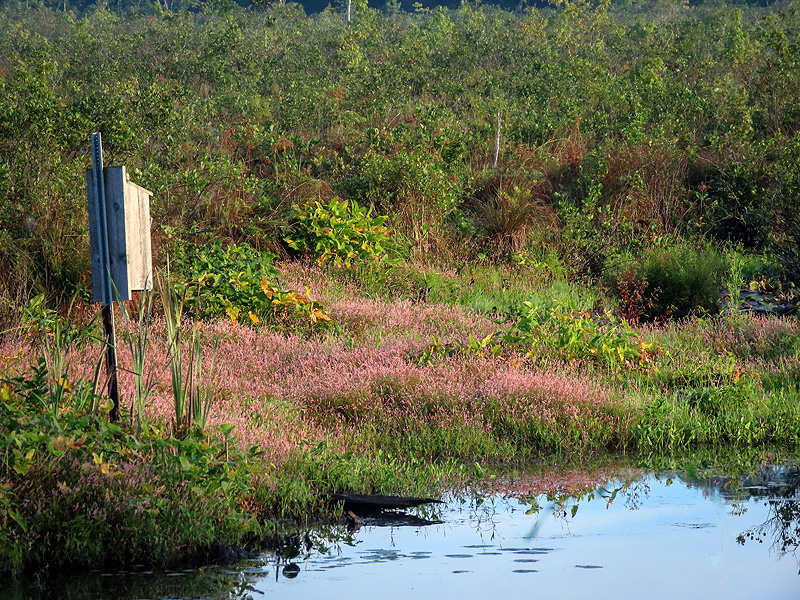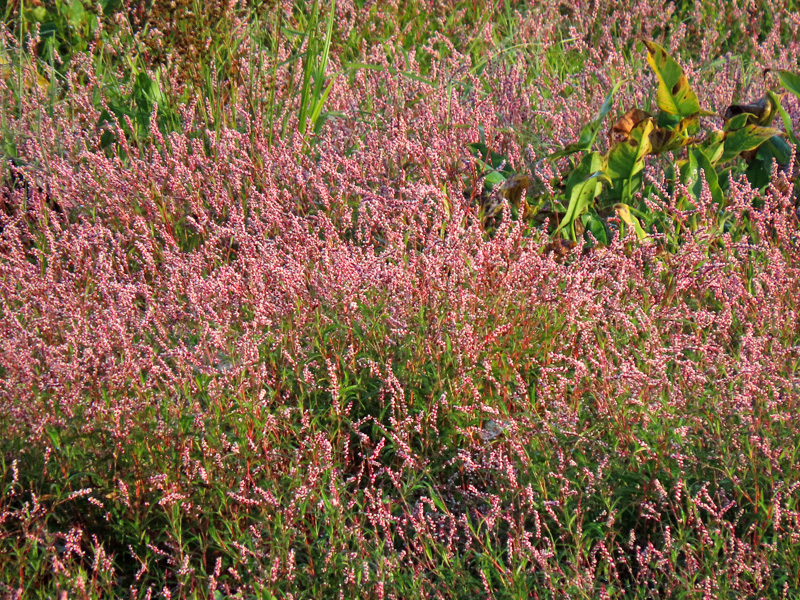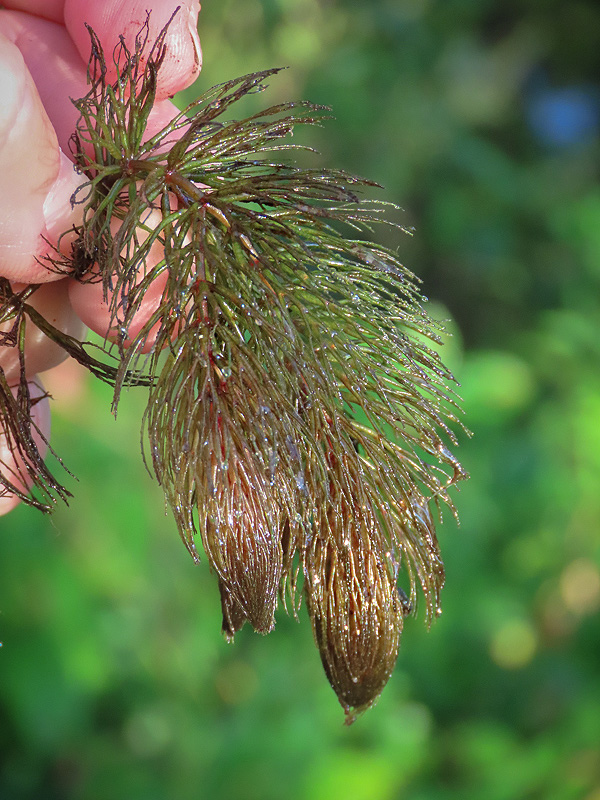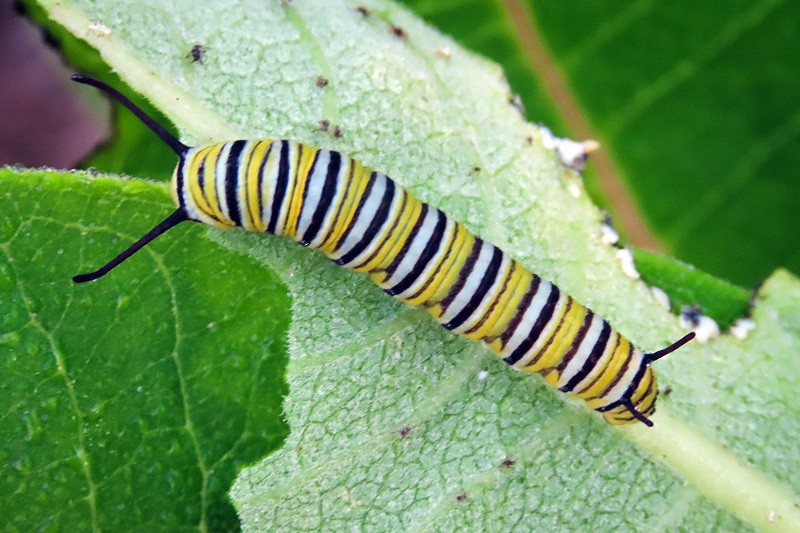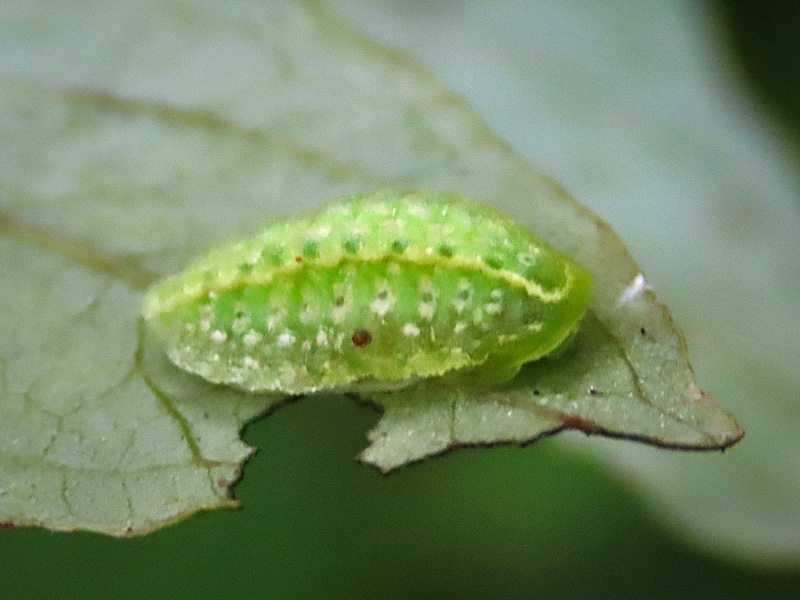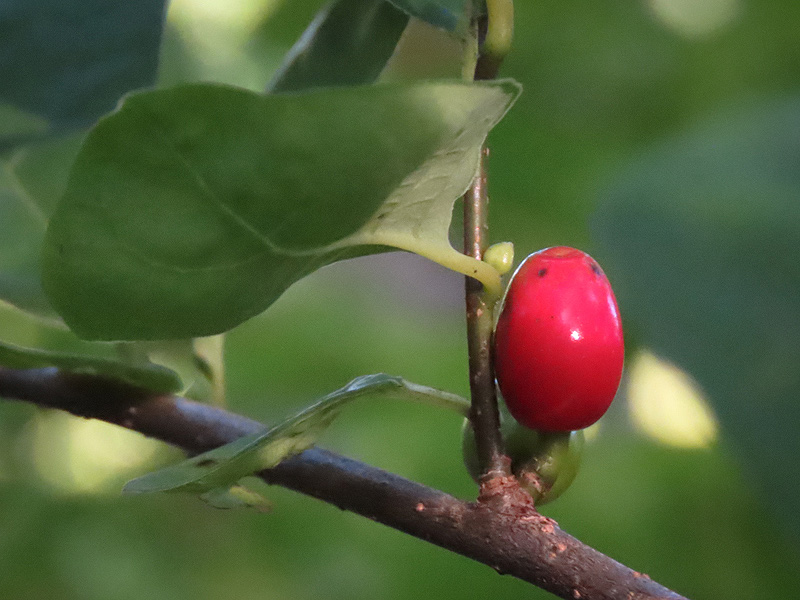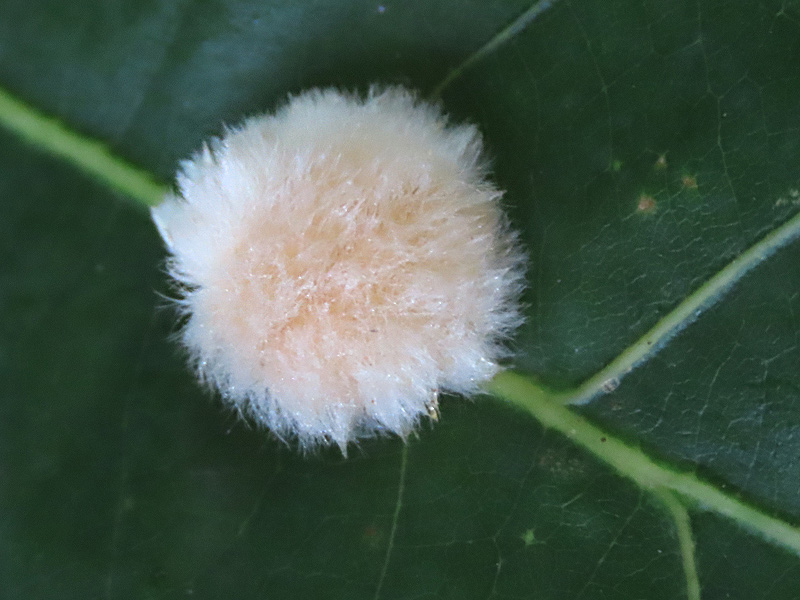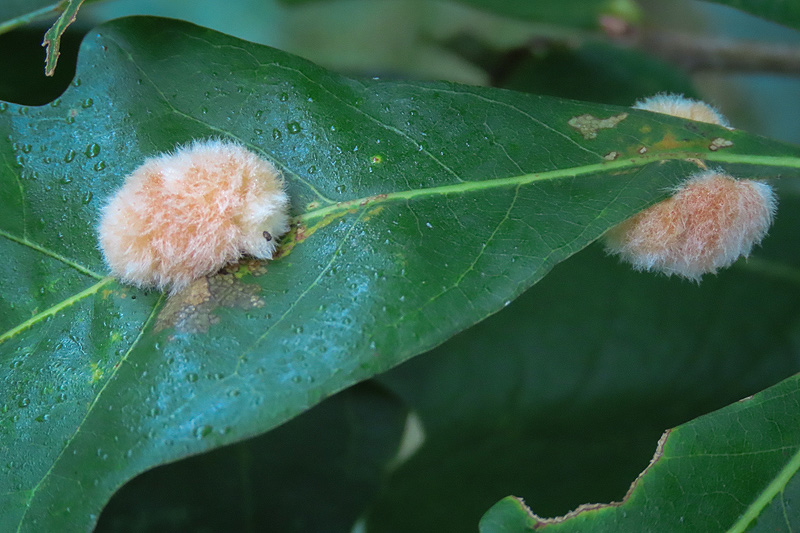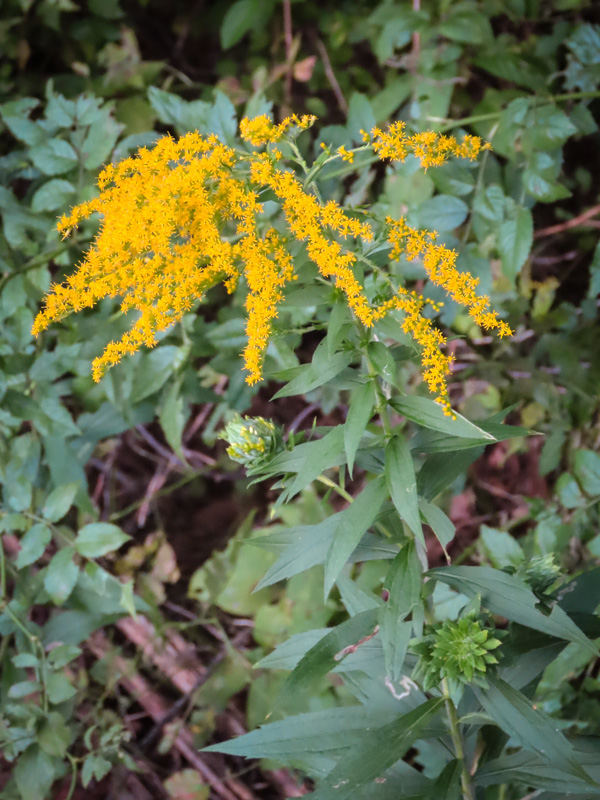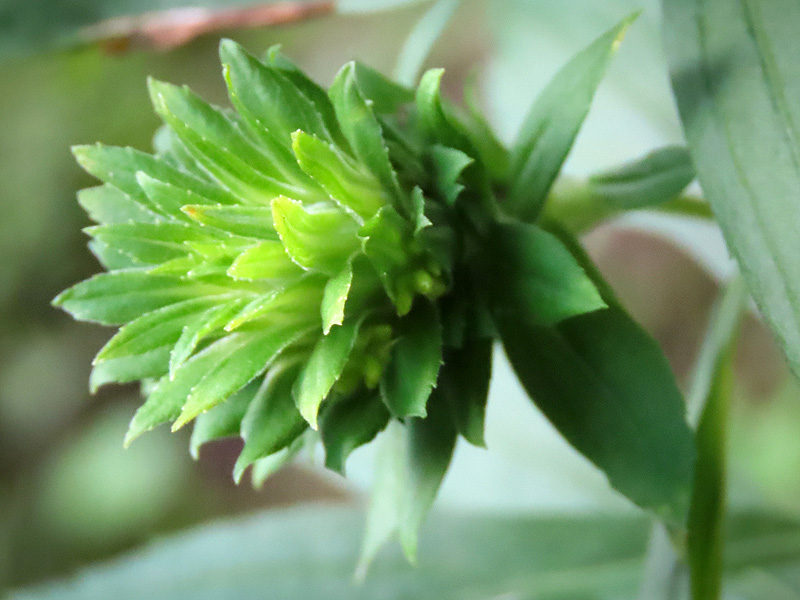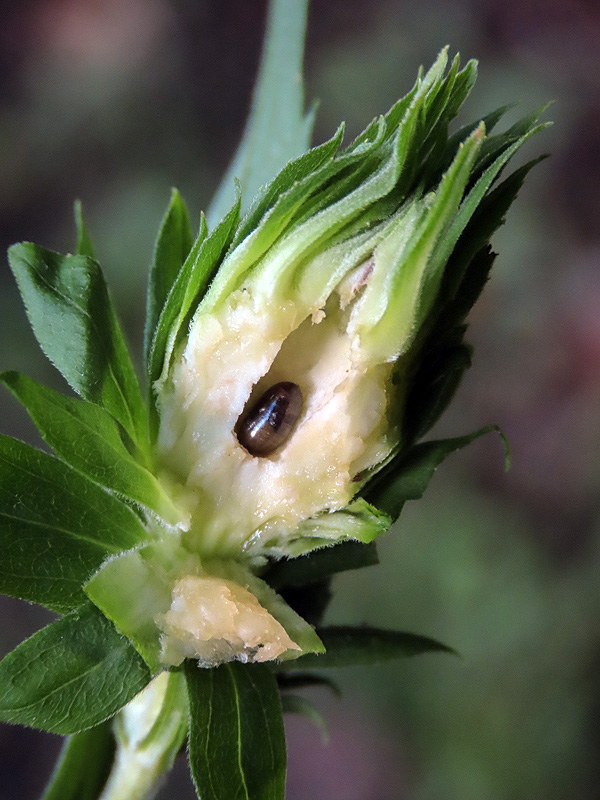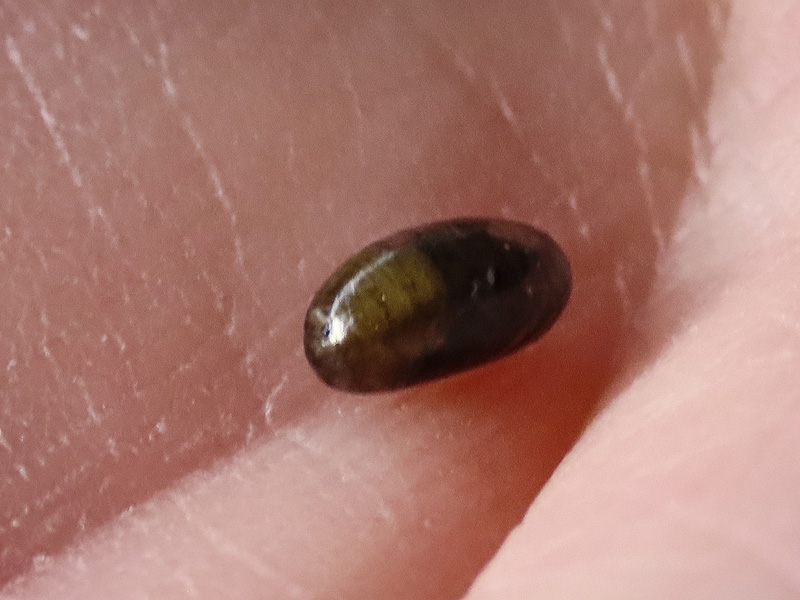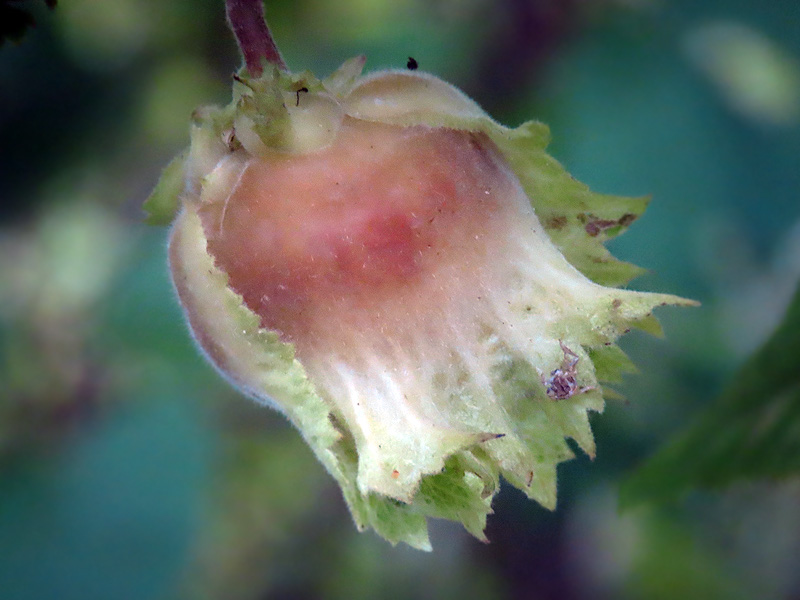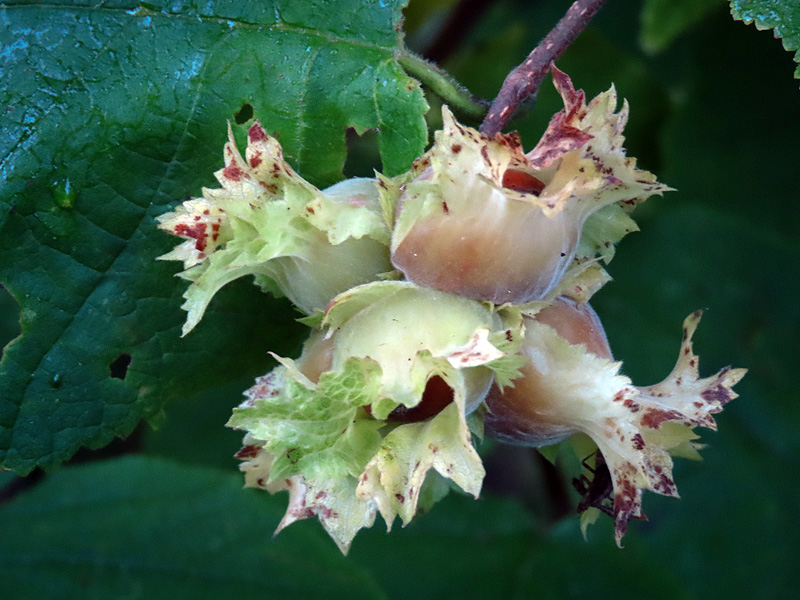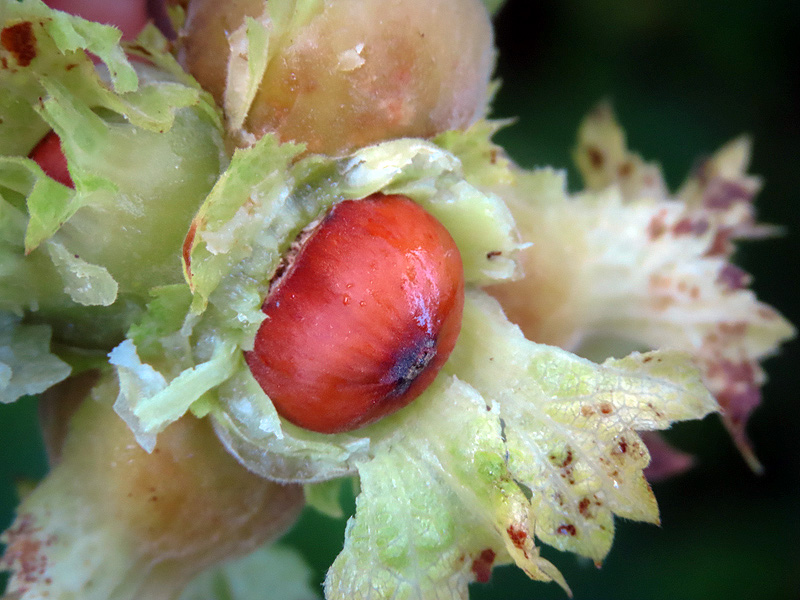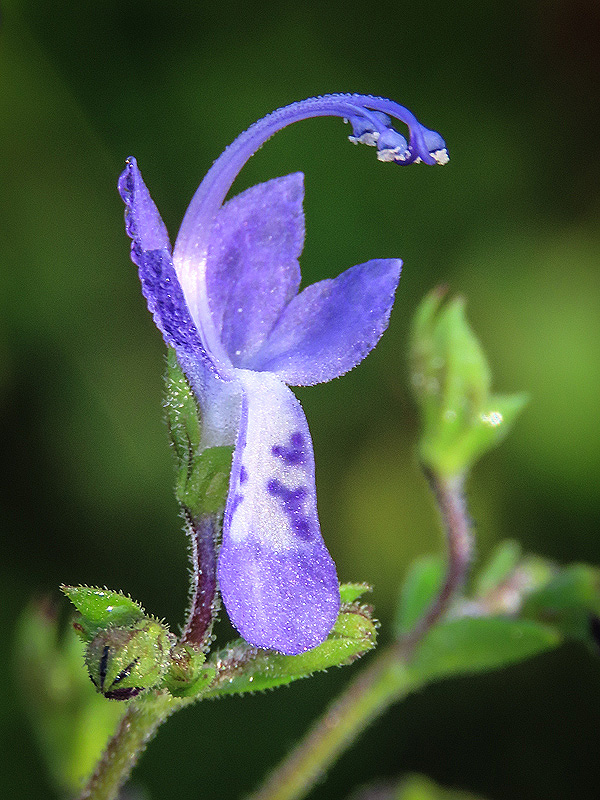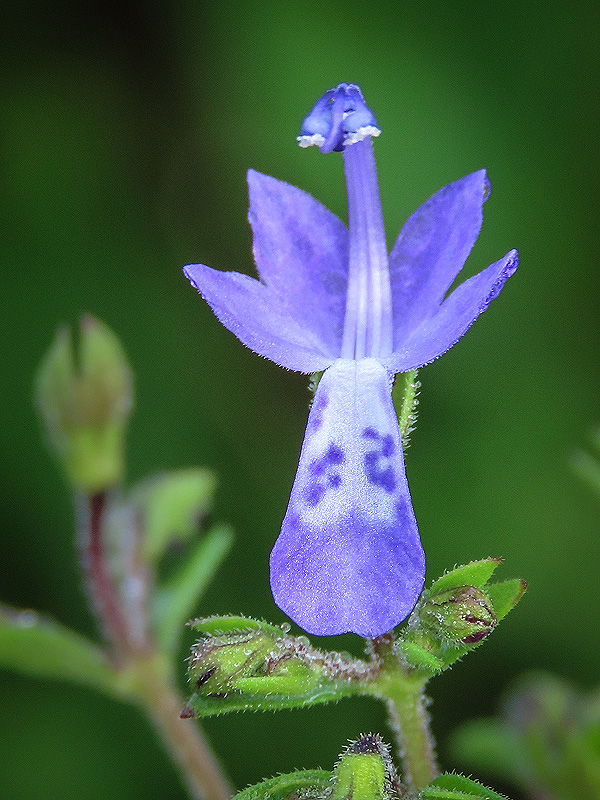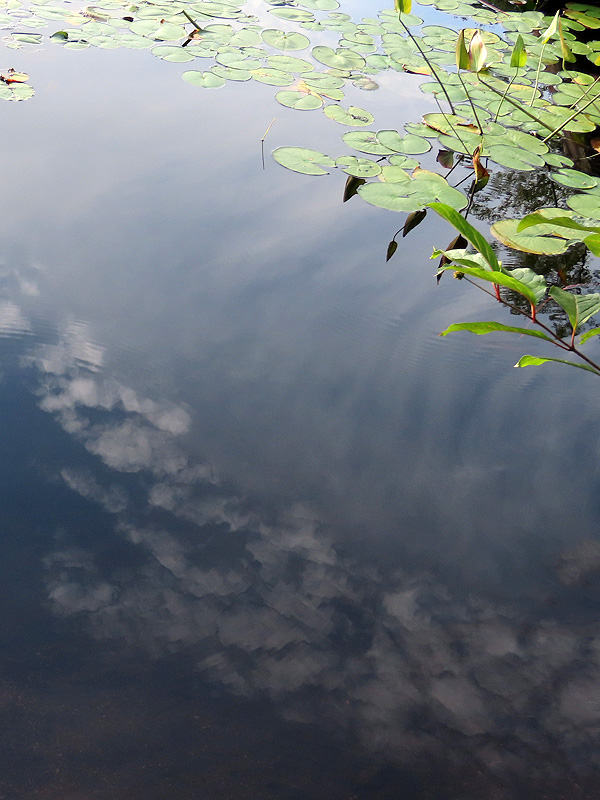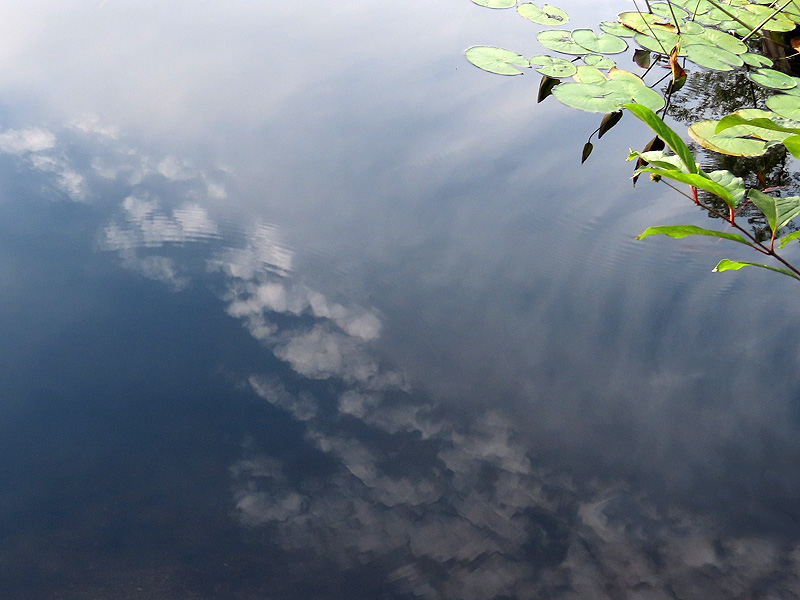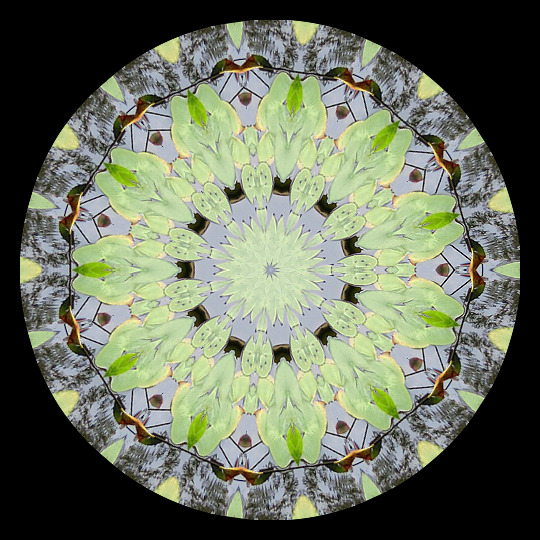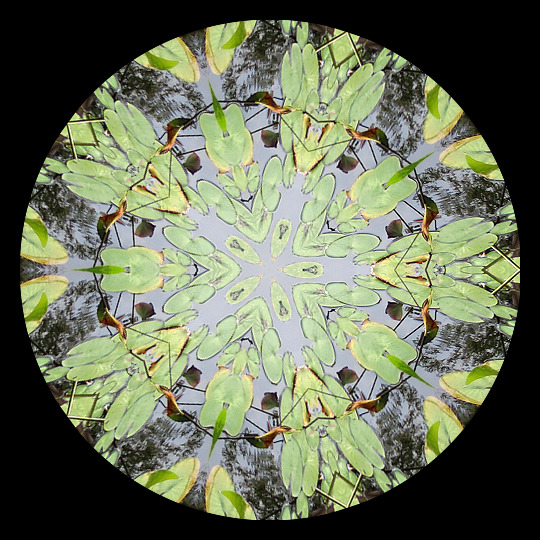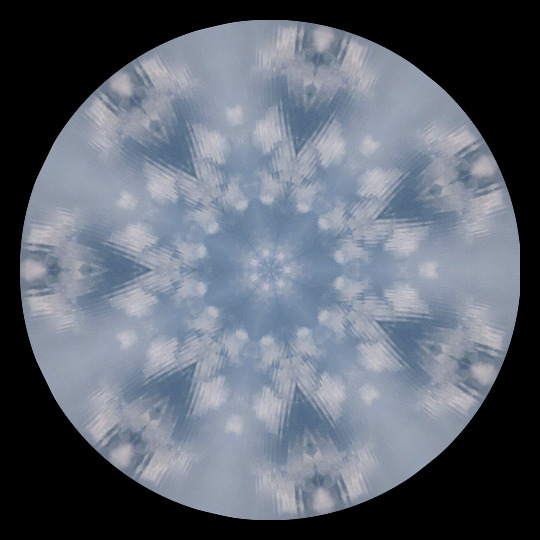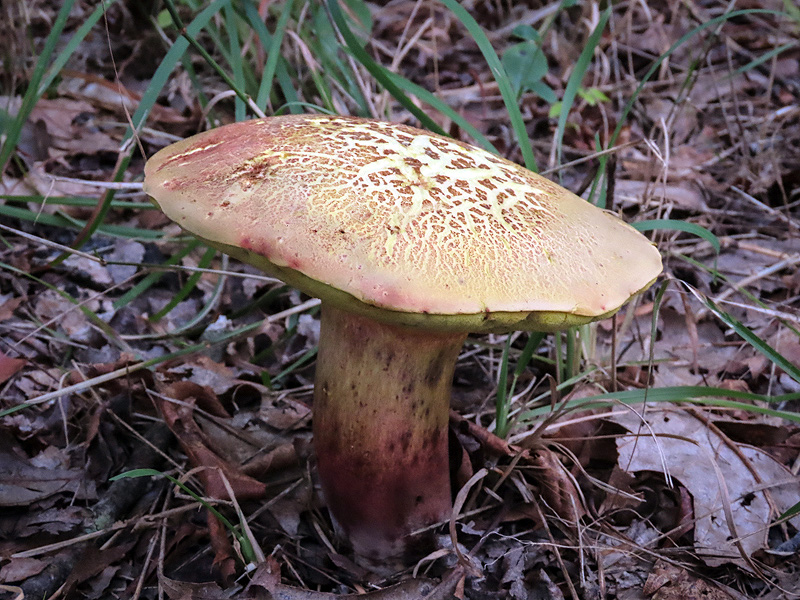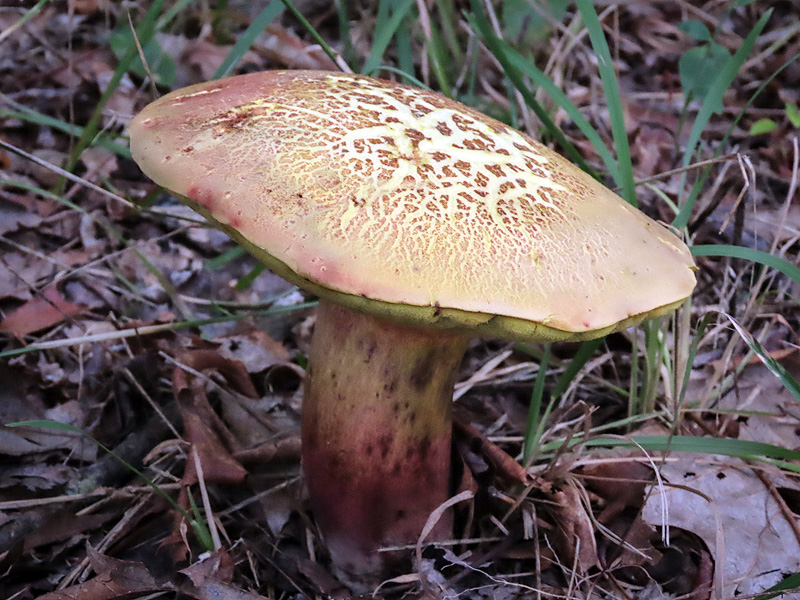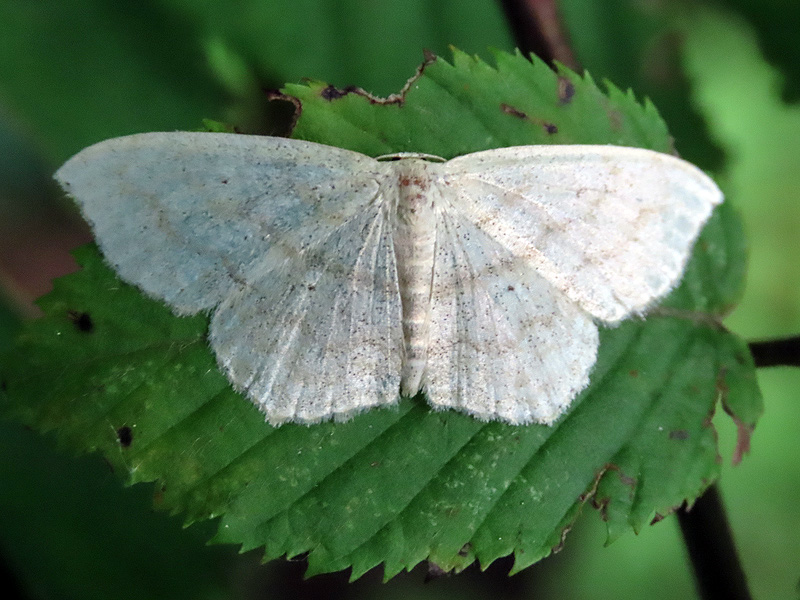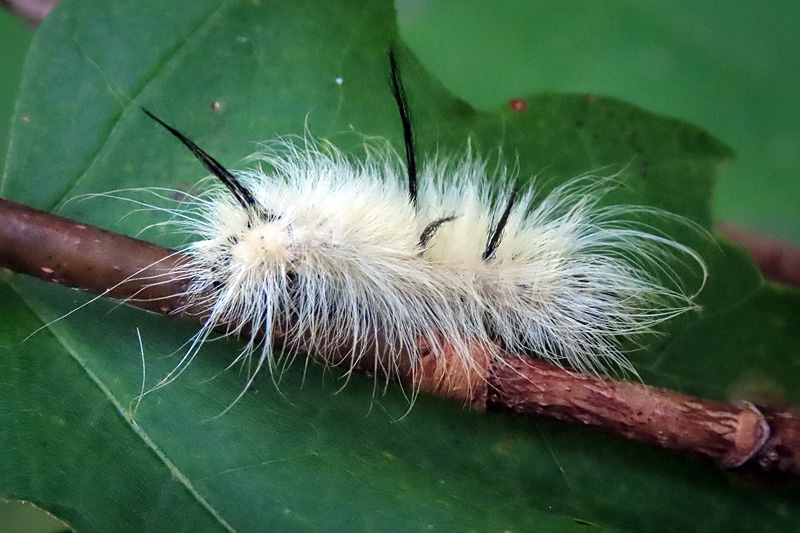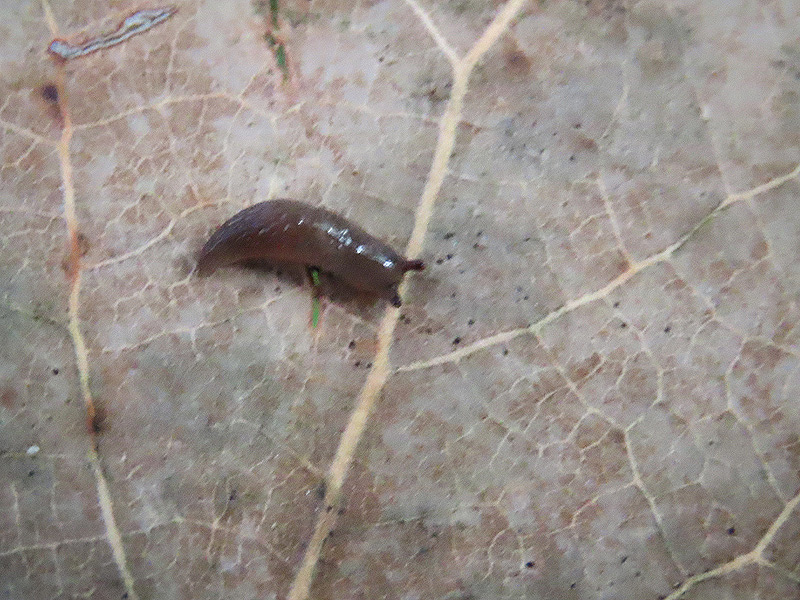Along the Air Line... 2019 - Summer, Part 11 The Air Line Trail in Eastern Connecticut - Stan Malcolm Photos |
HOME: Air Line... 2019 Pages Menu Stan's FlickR Albums |
August 29th. Clearing skies after rain overnight. This used to be the marsh, now filling with terrestrial plants supplanting emergent aquatic plants. |
|
Destroying Angel (Amanita virosa). Deadly. |
Painted Turtle (Chrysemys picta) in the channel where there is little flowing water despite the recent rain. |
Two holes draining water from the south side of the marsh appeared today. |
There must be a connection under the trail to the channel side. Perhaps they link up to a long clogged culvert about 15 feet to the left of this view. |
August 30th. The two holes have merged into one. |
|
Spicebush Swallowtail (Papilio troilus) caterpillar. Based on what I read about them resting in a rolled up leaf, I went looking for them on the edges of River Road near the Air Line Trail parking area. No rolled leaves but found this middle instar larva on the upper surface of a spicebush leaf where you can see the silk it was spinning on the leaf surface to form a resting platform. Bird poop mimicry in these early instars but great false eyes in all the instars! |
Here's lookin' at you. (And that reminds me, we have a local sphinx moth caterpillar that has a false eye on its butt - and by contracting certain muscles, it can wink!) |
August 31st. Great Blue Heron (Ardea herodias). |
|
|
Same bird, same perch, different viewing angle, different light through the next series. |
|
|
|
|
|
|
Eastern Phoebe (Sayornis phoebe). |
Common Reed (Phragmites australis). Highly invasive. |
|
|
The new drain is gradually getting bigger. |
All that pink is a Smartweed (Polygonum sp.). |
|
Coontail or Hornwort (Ceratophyllum demersum). Normally below water, I found some left on the trail, probably inadvertently dragged there by some animal, perhaps a turtle. |
Still seeing Monarch (Danaus plexippus) caterpillars. A great year for them. |
Yellow-shouldered Slug (Lithacodes fasciola) caterpillar. This one doomed to never become a moth. The dark spot on its side is the breathing tube of a tachinid fly larva which is feeding on the caterpillar and will eventually kill it. |
Fruit of Spicebush (Lindera benzoin). I was looking for Spicebush Swallowtail caterpillars but found none. |
Woolly Oak Gall caused by a cynipid wasp (Callirhytis lanata). |
|
Note the strange clumps of tiny leaves branching from the main stem of this Goldenrod. |
A closer look at one. These Goldenrod Bud Galls are formed by a tephritid fruit fly, Procecidochares atra. |
Cutting one open revealed the fly's pupa within. |
I saved a couple of the galls and this pupa to see if I could rear the adult. But rather than keep you in suspense, check out the fly here: https://bugguide.net/node/view/1285731 Its wing markings closely mimic a jumping spider! |
Fruit of the American Hazelnut (Corylus americana) shrub. |
|
Removing the husk of bracts reveals the developing nut. |
Bluecurls (Trichostema dichotomum). |
|
September 1st. A Bob Ross quote applies here: “We don't make mistakes, just happy little accidents.” |
This and the previous crop of the same photo happened when I was setting up to take the next photo. I pressed the shutter and got these nifty cloud reflections adjacent to mostly emergent vegetation (and a sprig of buttonbush). |
The new drain continues to get larger. It appears to be adjacent to (but outside) an old concrete culvert abutment. |
From the "happy little accidents", I made these three kaleidoscope captures. |
|
|
A common Bolete at this time of year... |
...appears to be tipping its hat. |
Looks like a Simple Wave Moth (Scopula junctaria) but it's a tough genus. Well, Scopula sp. certainly. |
American Dagger Moth (Acronicta americana) caterpillar. |
Lousy low-light photo of the smallest slug I've ever noticed - at about 5 millimeters. |
